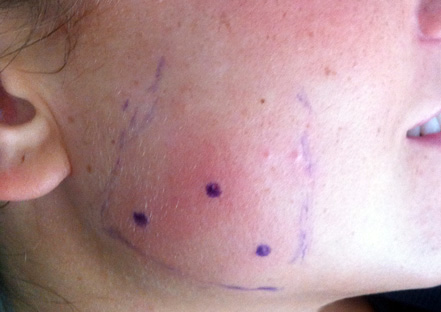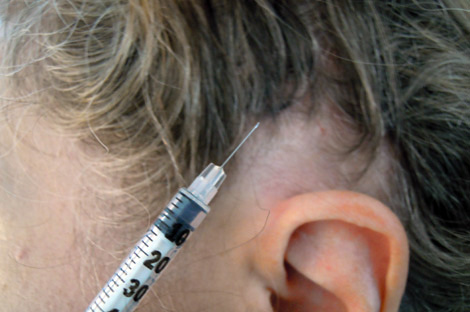- Botulinum toxin
- What is botulinum toxin?
Botulinum toxin is a protein and neurotoxic produced by the Clostridium botulinum, a gram -positive anaerobic spore-bearing bacterium. There are seven serologically distinct types of botulinum toxin, described by the letters of the alphabet from A to G. Botulinum toxin interferes with nerve impulses and causes flaccid paralysis of muscles, which is characteristic of botulism. The therapeutic use of botulinum toxin A (BTX-A) has been reported for treatment of various disorders such as blepharospasm, strabismus, hemifacial spasm, spasmodic torticollis, oromandibular dystonia and spasmodic dysphonia.
It is also currently used in cosmetic surgery for the temporary correction of facial expression lines.
How is it used for temporomandibular disorders?
As botulinum toxin is used in the treatment of diseases characterized by muscle overactivity, it has been proposed with encouraging results for the treatment of patients with temporomandibular disorders characterized by muscle pain, bruxism and clenching.
The botulinum toxin can then be used in temporomandibular disorders as an adjuvant or alternative to traditional treatments (splint, physiotherapy, muscle relaxants) if you are unable to control the parafunctions and the muscle pain associated with them.
The effect of muscle relaxation produced by botulinum toxin is temporary and reversible within 6 months after administration.
How is the infiltration performed and in which muscles?
The infiltration of the muscles is a procedure that is usually painless. In some patients, it may help to reduce the discomfort of the introduction of the needle by applying a local anesthetic cream prior to infiltration.
The masseter and temporalis muscles are infiltrated according to the needs and several injection sites are used per muscle in order to distribute the toxin in the muscles better.


Sites of injection of botulinum toxin into the masseter muscle Injection of botulinum toxin in the temporal muscle
The treatment can be repeated after 4-6 months depending on the recovery of muscle activity.
The side effects are very rare and moderate: unwanted paralysis of the small adjacent muscles; soreness after the injections, tiredness and muscle fatigue during chewing.

